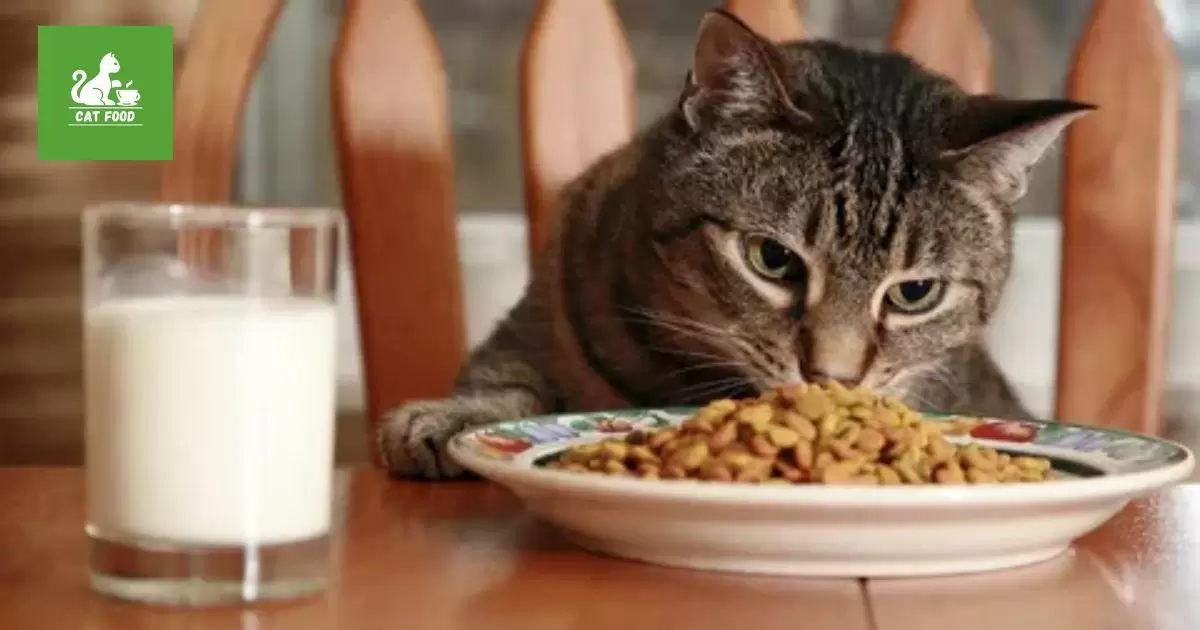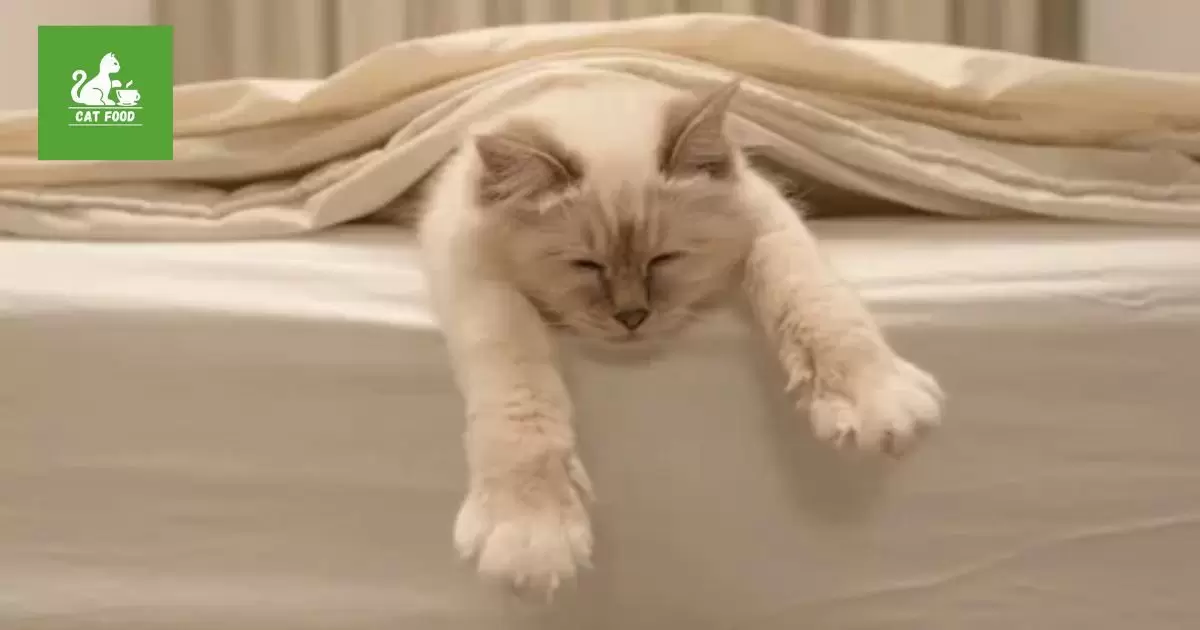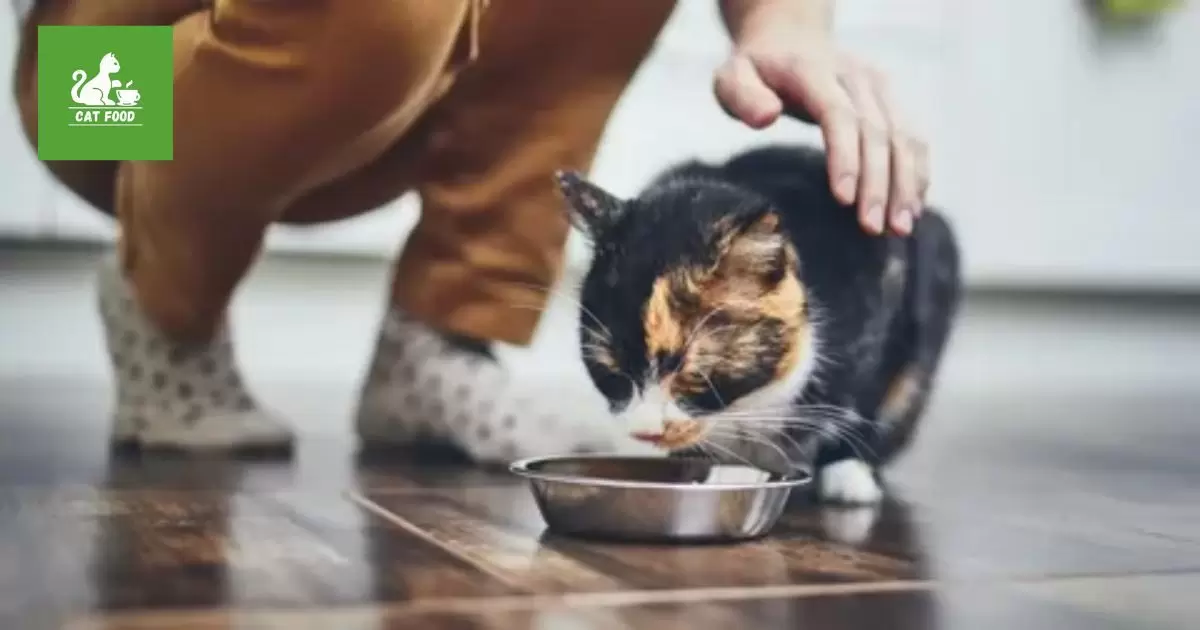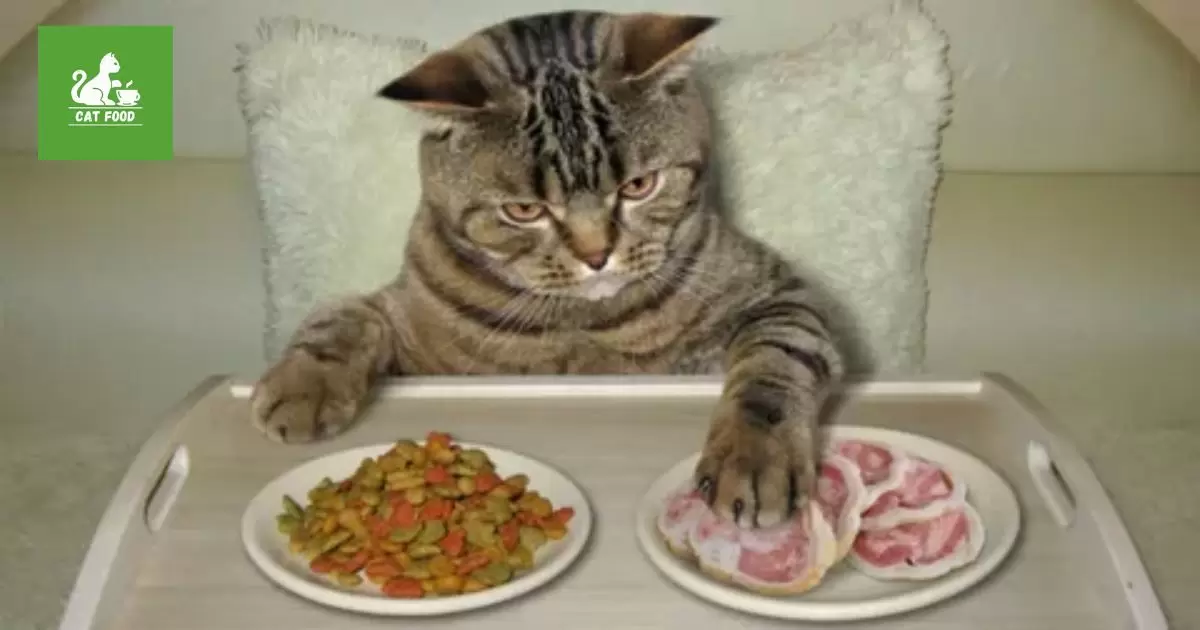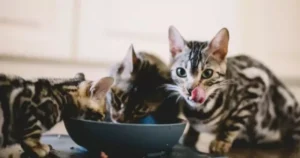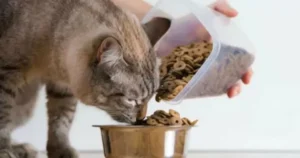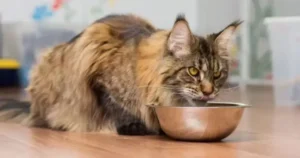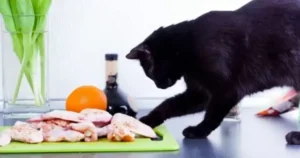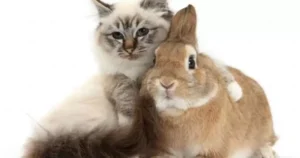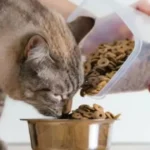Cats can get bored of eating the same food every day. Their taste buds get tired of the flavor. They enjoy variety in their meals. Rotating different flavors and textures keeps them interested in the food.
Do Cats Get Bored Of The Same Food? As pet owners, we want our cats to lead happy, healthy lives. Understanding their needs around mealtime contributes to their well-being.
Some evidence suggests cats may lose interest in foods eaten too frequently. Their evolved nature as hunters makes them drawn to diversity in diet. Offering different flavors, textures, and toppings can renew excitement at feeding time.
Why Cats Enjoy Variety
As hunters and scavengers, cats are evolutionarily adapted to seek diversity in their diets. Their taste buds likely tire of eating the same flavors repeatedly. Additionally, their natural curiosity and playfulness lend themselves to enjoying novelty when it comes to food.
Taste Bud Fatigue
A cat’s taste buds are not identical to humans. They have fewer taste buds overall but are more dedicated to discerning bitter, sweet, and umami flavors. Their enjoyment of diversity in meals suggests their taste buds still acclimate to commonly eaten foods, making those flavors less intensely perceived over time.
Cats have around 473 taste buds compared to a human’s 9,000. But with a larger percentage devoted to picking up amino acids and sugars, their tasting apparatus is well designed for assessing potential prey and nutrition sources.
Still, the sensitivity of this carefully honed equipment decreases with continuous exposure to the same stimuli. Rotating various flavors appears important to keeping cats interested in their chow.
Seeking Mental Stimulation
In the wild, cats spend large portions of their day actively hunting prey. The search itself offers mental and physical stimulation even before they catch the next meal.
Domestic cats retain these instincts and behaviors. An unchanging, boring diet does not satisfy their curiosity and need for activity like working on different types of food does.
Offering variety allows them to demonstrate behaviors like pawing food around the dish, biting pieces apart, or even playing with ingredients that appeal to their senses.
Signs Your Cat Is Bored Of Its Food
Cats communicate in subtle ways. But their behaviors around mealtime can provide clear signals your furry friend is no longer enthused about the food on offer.
Disinterest in Eating
A sudden lack of excitement, when you fill the food dish, can indicate taste fatigue and boredom with the flavor. Whereas the cat previously ran eagerly towards meal time, the lackluster response is a red flag.
Pay attention to body language conveying displeasure too. Turning up their nose, sniffing then walking away demonstrates your kitty is not thrilled by the prospect facing them.
Changing Eating Habits
Take note if your cat suddenly develops odd or picky behaviors around eating like licking gravy or juice off food but not consuming the actual chunks.
Increased fussiness and failure to finish most of a meal also hint at food boredom. Cats tend to clean their plate fully when pleased with flavors.
| Signs of a Bored Cat | Excited Eater |
| Disinterest in meal times | Runs eagerly to the food dish |
| Picky eating | Eats every last morsel |
| Demands treat/people food | Satisfied after eating your chow |
| Weight loss from not finishing food | Maintains healthy weight |
Keeping Your Cat Interested In Its Food
You can renew excitement and engagement at feedings through simple strategies that align with cats’ instinctual natures
Offer Multiple Flavors
Purchase or make different flavor varieties of your cat’s typical food so you can rotate what they eat.
Chicken, fish, beef, or game meats offer taste changes from the usual. Complement proteins with alterations like salmon pate, tuna flakes or shredded chicken to introduce texture shifts too.
Creative Toppers and Mix-ins
Liven up crunchy or wet foods by sprinkling, dicing, or gently mixing various toppers into the bowl. Popular add-ins like freeze-dried meat bits, crumbled treats, or catnip reflect flavors cats crave.
Shredded deli meats ham, turkey, and beef satisfy a predilection for flesh. Grateed cheese or dried seafood appeal to umami and fish preferences Most cats delight in finding surprise additions to baseline foods.
Occasional Special Treats
Offer extra tempting food outside scheduled mealtimes, like when you prepare your dinner. Let your cat explore smelling (not eating) proteins you cook like chicken, fish, or steak so they grow curious.
Later, add tiny bits of the people’s food as a rare treat in their bowl. They will perceive this as a rewarding surprise.
Food-Dispensing Toys
Another way to keep your cat mentally and physically active is through food puzzles like wobbling treat balls, hiding small portions inside cardboard boxes, or food trees with tiers of dangling bite-sized morsels.
These provide play while challenging your pet to work for different foods placed strategically as rewards. Portion control is important to not overfeed. But effort expended earns your cat a sense of accomplishment.
The Answer: Yes, Cats Do Get Bored Of Their Food
Cats thrive on variety and become disinterested in foods served too repetitively. Their evolutionary history makes novelty appealing and constant stimulation important.
Luckily many simple, affordable strategies exist to rotate flavors, textures, and fun. Offering diverse dining experiences aligns with your cat’s needs for curiosity satiation and taste bud excitement.
So mix up mealtimes to keep your feline housemate alert, engaged, and content. Their enrichment stems from accessing diversity just like their ancestors did when hunting wild prey in days gone by. By providing this variety, you enable cats to exhibit their natural behavior of scratching around Cats Scratch Around food.
FAQ’s:
Should I give my cat the same food daily?
No, cats prefer variety in taste, and texture to prevent taste bud fatigue.
What happens if a cat eats identical food constantly?
They lose interest, possibly eating less due to decreased motivation from sensory boredom.
How often should I change my cat’s food type?
Rotate flavors or brands at least every other week to maintain novelty and excitement at
Mealtimes.
What toppings make cat food less boring?
Shredded meats, crumbled treats, catnip, grated cheese, or dried seafood make meals more stimulating.
How can I make my cat work for its food?
Use food-dispensing toys like puzzle feeders or hide portions to provide rewarding physical and mental enrichment.
Conclusion:
Cats thrive when their environments offer diversity, novelty, and opportunities to display natural behaviors. This extends to their dining habits as well. A repetitive, unchanging food routine does not align with feline cravings for variety and mental stimulation. As Do Cats Get Bored Of The Same Food? explores, the answer is yes, they can lose interest in monotonous meals.
There are many easy and affordable ways we can introduce new flavors, textures, and toppings to renew their enthusiasm at feeding time. By engaging their instincts for play and exploration, we keep our cats engaged, enriched, and satisfied with their chow. Offering stimulation is key to curbing boredom and disinterest in the daily dinner bowl. With some simple enhancements, our furry companions can enjoy cuisine that excites their taste buds anew each day.
